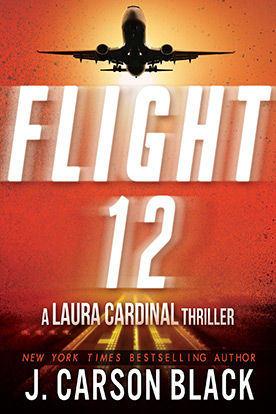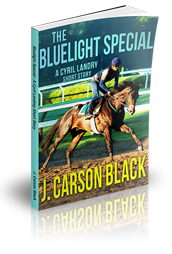
The second book I ever wrote—and sold—was called DARK HORSE.

Zip Peterson in the Winner’s Circle at Rillito Park with Calymine Motion.
DARK HORSE was not just a blast to write, it was a blast to live. A friend of mine recommended a quarter horse trainer in Tucson, and that was how I met Zip Peterson, who agreed to give me the inside skinny on quarter horse racing.
The first day I went to see him at Rillito Park (The Birthplace of Quarter Horse Racing), it had rained a lot, and the backside area where the barns was a sea of mud. And there I was in running shoes. I remember following Zip out to the track, floundering through the four-inch-deep mud, the consistency of pudding, while he rode ahead, leading one of his colts. I knew he was enjoying the whole thing—the man was Irish as they come, with a sense of humor to go with it. Even though I’d owned horses, I felt like a dude. He took mercy on me after that, and became my mentor on all things racing—Quarter Horse racing.
I remember the day he smacked the shabby old phone on a pole by the racetrack. He wanted to stomp on it. The phone was no damn good, nothing on the track worked! He was just venting, but he made it funny, not scary. Zip had a great sense of humor, and often it was aimed at me. But he taught me a lot about life on the “backside” and most of all, he informed the book I was writing—DARK HORSE—with his stories. Zip had reached the pinnacle of quarter horse racing. One of his horses, Contessa Cash, qualified for the All American Futurity and ran well. That was the Holy Grail—making it into the All American. There were ten spots, and his filly had one of them. And another of his horses, Ole White Lightning, held the track record at Ruidoso Downs for 250 yards for many, many years. Ole White Lighting was a beautiful horse, a dark gold palomino with a white mane and tail—and dapples.
Some of Zip’s stories found their way into Dark Horse. He told me a tragic story about losing a colt he loved (and Zip loved ALL his horses). The colt was on a hotwalker, walking around and around to cool down. Someone left a plastic bag out farther down the shed row and it ambled across the ground, and in an instant, the colt spooked and was hurt. Zip held that young horse close as the colt was euthanized. Horses and accidents gravitate toward each other. He loved that colt and teared up as he told me that story. It broke his heart. I know that sounds like a cliché, but in this case, his heart DID break.
Zip was my teacher. I learned so much from him. Thanks to him, I was able to write DARK HORSE, and I didn’t embarrass myself. I’d owned horses before, but racehorses are a whole different kind of animal. They are not for the careless. And Zip was never careless. Zip loved his family, loved his life, loved his horses. The horses were his life’s blood, and he might have scoffed at the saying, “Follow your bliss,” but he did it just the same.
Today I learned that he had died. He was eighty-nine.
We’re only here for a short while—we rent life; we don’t own it. But I would have to say that Zip “had a good one,” a very good life. There’s nothing like “the backside” of a racetrack. It’s a world full of great characters, good horses, slow horses, dogs, barn cats, and friendships developed over years. My life was enriched and improved by knowing Zip and life on the “backside,” and I have a suspicion that he’s already looking at the next “good one” in Heaven.
Addendum:
I went to his funeral today. It was a beautiful service, a cowboy funeral, and I met up with so many horse folks I know, and reminisced with. We talked about various venues for horse shows or people’s stables of long ago—we all knew the same places where we could ride. Zip’s son showed the video from KUAT –TV – an interview with Zip and me, how he taught me what it’s like to be a racehorse trainer. And this: after a thousand years I finally saw, in the flesh, Fred Frye, who owns Fred Frye’s arena. Anyone could go in and ride in the arena (it was a different time, before lawsuits ruled the day), and I used to ride my mare there. One day, all alone, I was loping her around the arena in the mud and she slipped and fell on me. This is why it’s wise to ride a horse who’s only 14’2 hands high. She was so light I was able to crawl out from under before she got back on her feet. I got back on her, and rode her home—without even a strained muscle—for either of us.
That was the way it was, back then.


